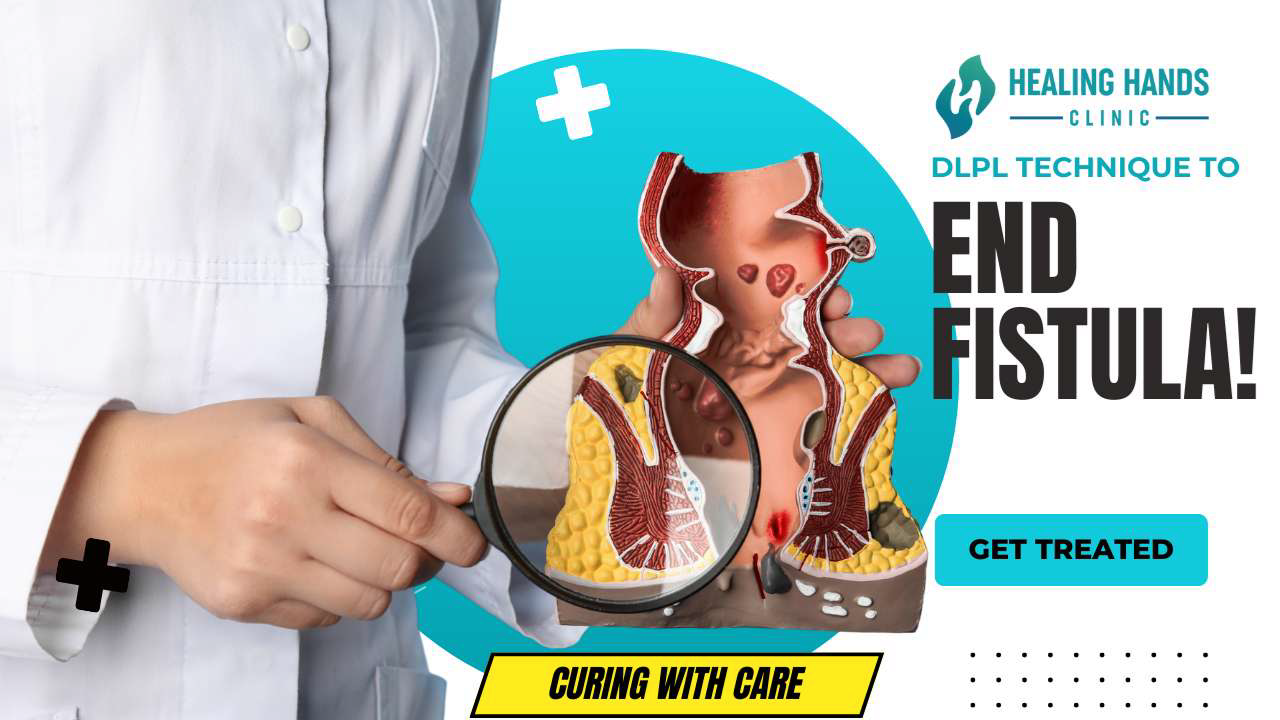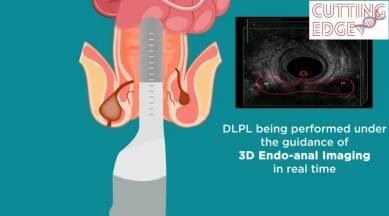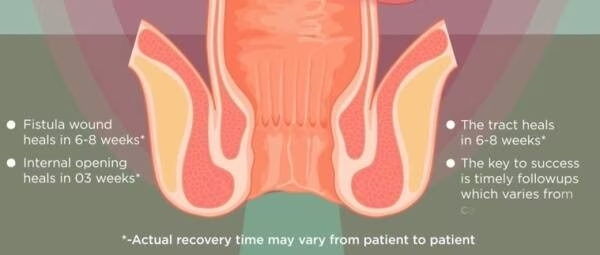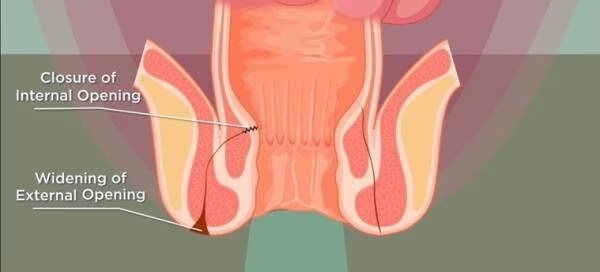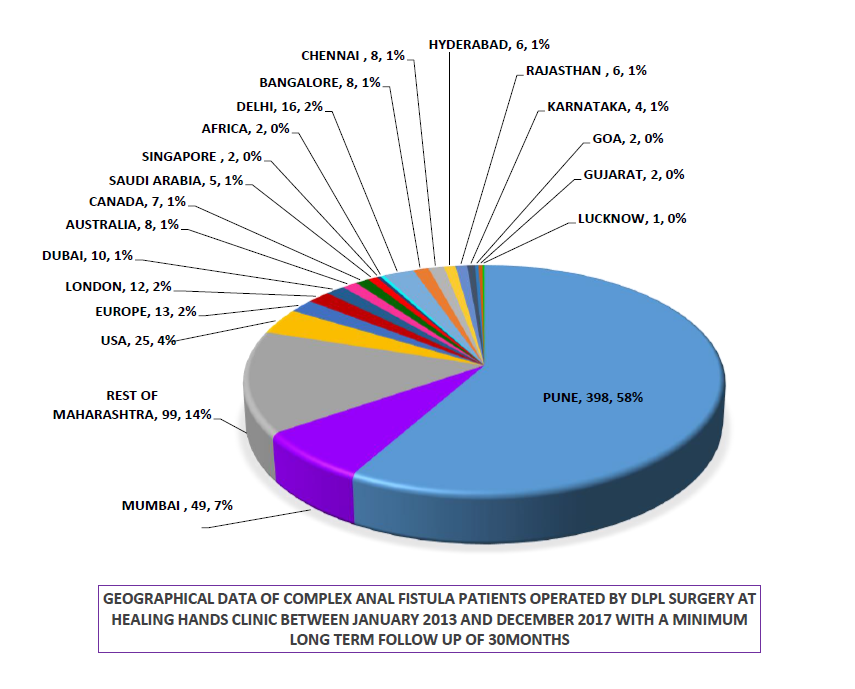What Are Piles?
Piles, or hemorrhoids, are swollen veins in the lower rectum and anus that cause discomfort, pain, and bleeding. They are very common and can be effectively treated when diagnosed early. There are different types of piles, each with specific symptoms and treatment approaches.
Types of Piles
There are primarily four types of piles, categorized based on their location and severity:
1. Internal Piles
These form inside the rectum and are usually not visible or felt unless they prolapse (bulge out of the anus). Internal piles are generally painless but may cause bleeding during bowel movements.
Grades of Internal Piles:
- Grade I: Slight swelling, no prolapse
- Grade II: Prolapse occurs during defecation but retracts automatically
- Grade III: Prolapse that requires manual pushing back
- Grade IV: Permanently prolapsed and cannot be pushed back in
2. External Piles
These develop under the skin around the anus and are visible and often painful. They can cause itching, swelling, pain, and discomfort during sitting or bowel movements. If a blood clot forms (thrombosed pile), it can become extremely painful and might require immediate treatment.
3. Thrombosed Piles
This occurs when a blood clot forms inside an external hemorrhoid, causing severe swelling, inflammation, and pain. The area may appear bluish and is extremely tender to touch. Immediate medical attention is usually advised.
4. Prolapsed Piles
These are internal hemorrhoids that have slipped outside the anus. Prolapsed piles can be either temporary or permanent, depending on the grade. They may be painful, especially when sitting or moving around.
Causes of Piles
Knowing the causes of piles can help in prevention. Common factors include:
- Chronic constipation or diarrhea
- Excessive straining during bowel movements
- Low-fiber diet
- Sedentary lifestyle
- Pregnancy and delivery
- Obesity
- Long hours of sitting (desk jobs, drivers)
Symptoms of Piles
Recognizing early symptoms of piles helps in timely treatment. Look out for:
- Bleeding during stool passage
- Pain or burning sensation in the anal region
- Itching or irritation
- Swelling or hard lump near the anus
- Mucous discharge
- Feeling of incomplete evacuation
Piles Treatment Options
Effective piles treatment options are available for all stages of the condition:
1. Non-Surgical Options
- High-fiber diet, fluids, and lifestyle changes
- Topical creams and pain relief medication
- Sitz baths for symptom relief
2. Minimally Invasive Procedures
- Rubber Band Ligation
- Infrared Coagulation
- Sclerotherapy
3. Advanced Surgical Solutions
- Laser Piles Surgery (preferred for fast recovery)
- Hemorrhoidectomy (for severe or recurrent piles)
- Stapler Surgery for prolapsed hemorrhoids
At advanced clinics like Healing Hands Clinic, laser treatment for piles is highly recommended due to its minimal pain, quick discharge, and fast healing.
Importance of Choosing the Right Specialist
For women, especially those who may feel uncomfortable discussing anal health, consulting a lady piles doctor can make a significant difference. Female proctologists understand the sensitivities around the condition and often create a more comfortable environment for diagnosis and treatment. Several specialized clinics in cities like Pune and Mumbai offer this option to ensure better patient care and trust.
Lady Piles Doctor: A Comforting Option for Women
For female patients who feel hesitant about discussing piles, consulting a lady piles doctor can be reassuring. Women specialists offer discreet, empathetic care and are well-trained in diagnosing and treating all stages of piles. Clinics in cities like Pune, including Healing Hands Clinic, offer female proctologists for patient comfort and privacy.
Why Early Treatment Matters
Delaying piles treatment can worsen the condition, lead to complications like fistula or abscess, and affect overall well-being. Choosing the right clinic with experienced proctologists and modern facilities ensures safe and effective recovery.
Conclusion
Piles can be a painful and persistent condition, but with the right knowledge and medical help, it is entirely manageable. Understanding the types of piles, recognizing the symptoms of piles, and identifying the causes of piles can lead to more effective treatment and prevention. Whether you’re exploring piles treatment options for the first time or seeking a lady piles doctor for a more personalized approach, remember that timely care leads to faster recovery and a better quality of life.



